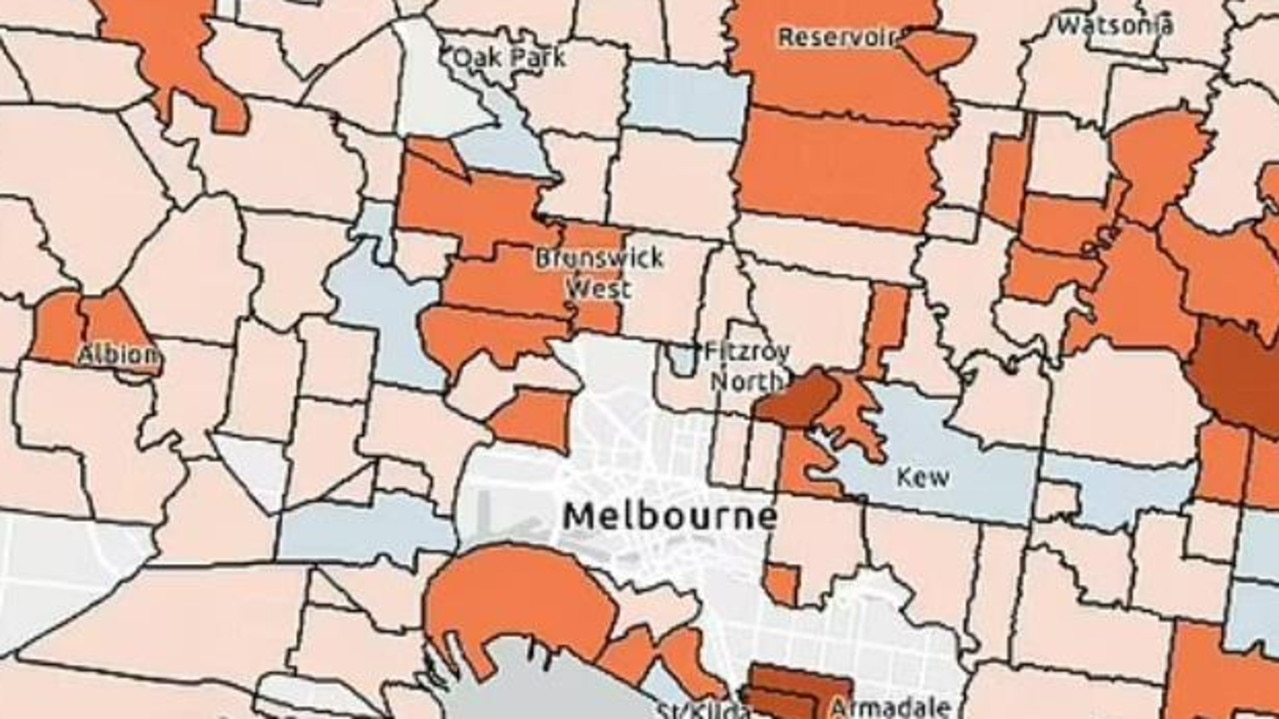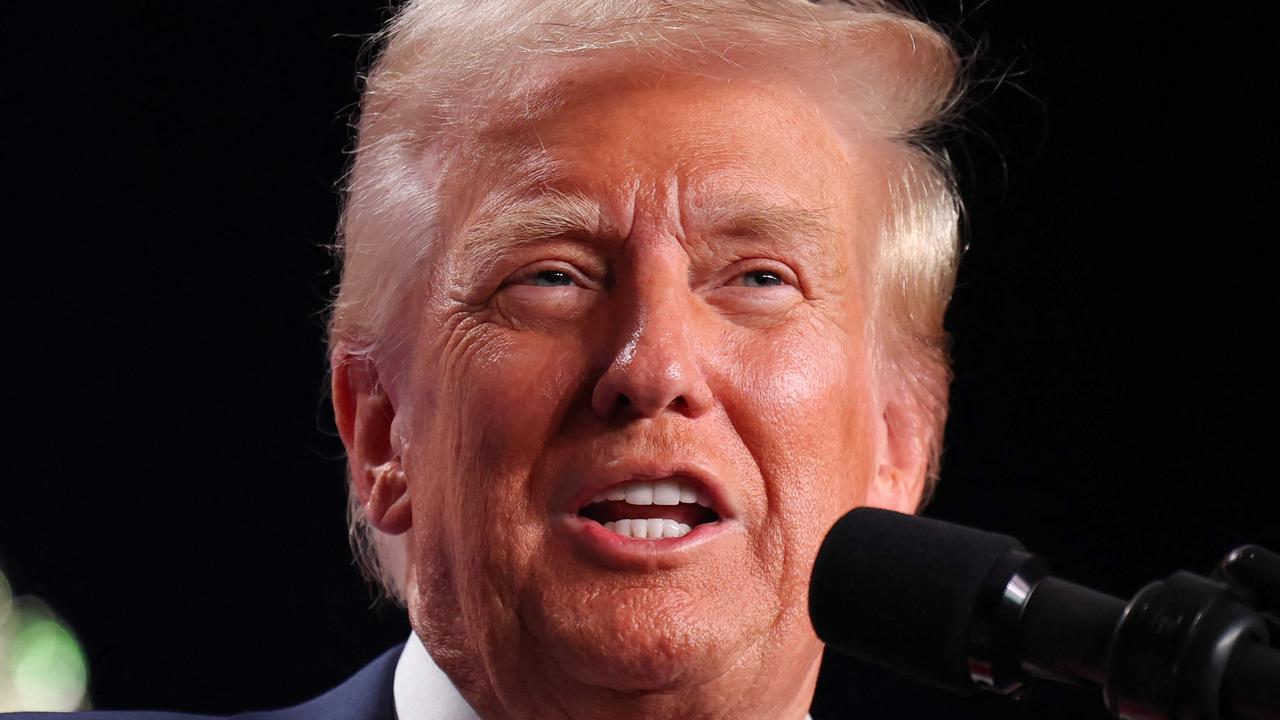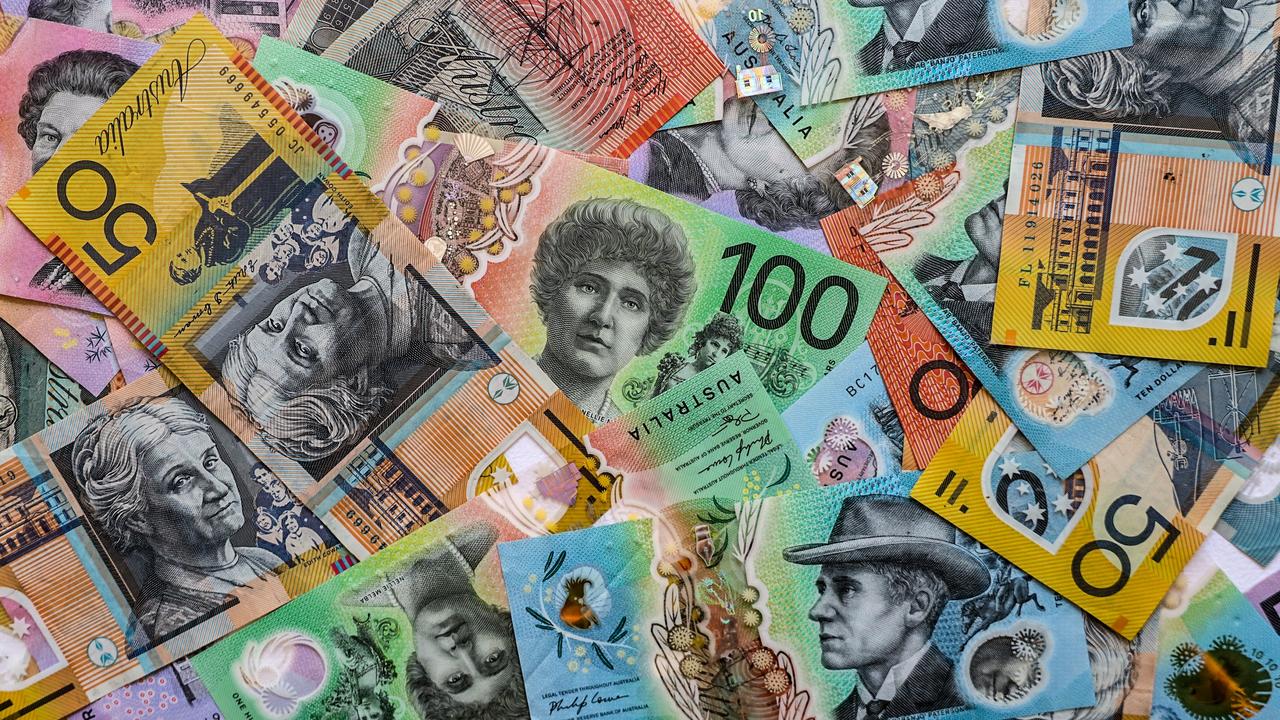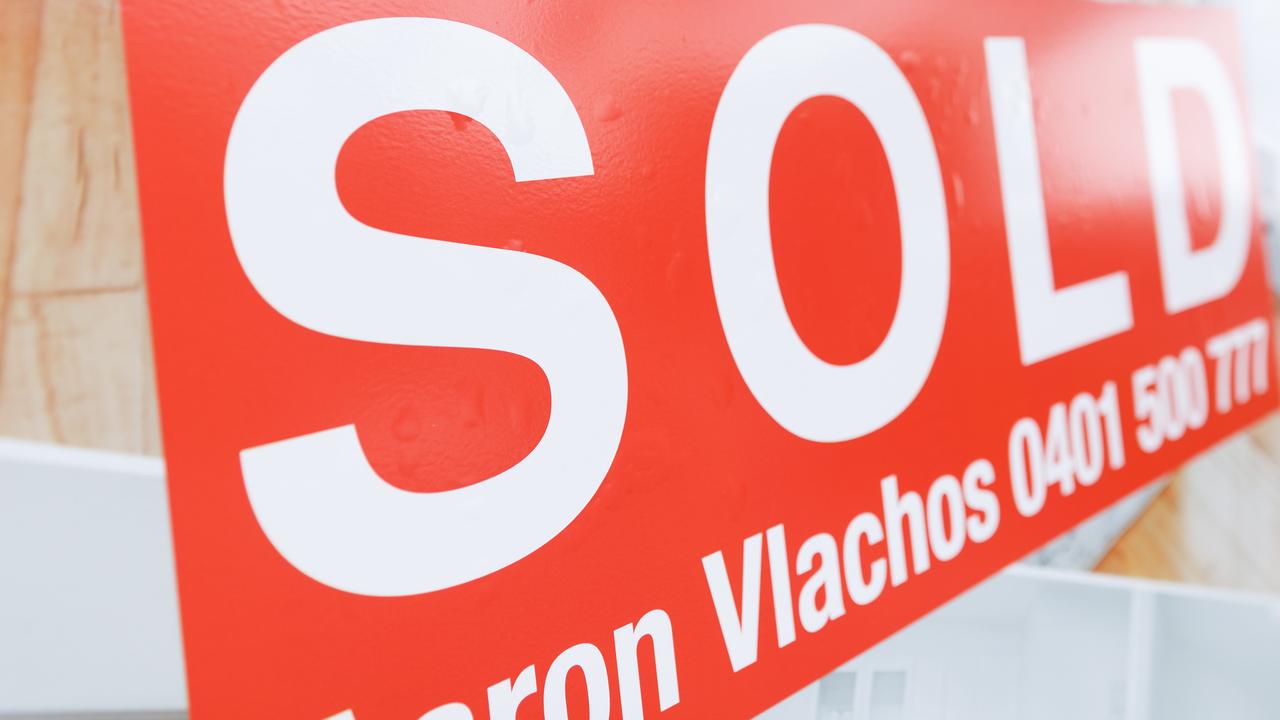The ANZ and Westpac have joined NAB in increasing interest rates
Three of the four big banks have now changed their interest rates for mortgage holders and some saving accounts.

Interest Rates
Don't miss out on the headlines from Interest Rates. Followed categories will be added to My News.
Three of the four major banks have hiked their mortgage rates following the Reserve Bank’s latest hit to interest rates.
Westpac and the ANZ announced on Thursday they’d be increasing the variable interest rates across Australian home loans by 0.25 per cent a year. NAB was the first to move on Wednesday.
ANZ said the change to variable home loan interest rates will take effect from May 12 and increase monthly repayments by $68 on a variable home loan of $450,000 for an owner occupier paying principal and interest.
Westpac is also increasing the home loan variable interest rate by 0.25 per cent per annum for new and existing customers, but from May 16.
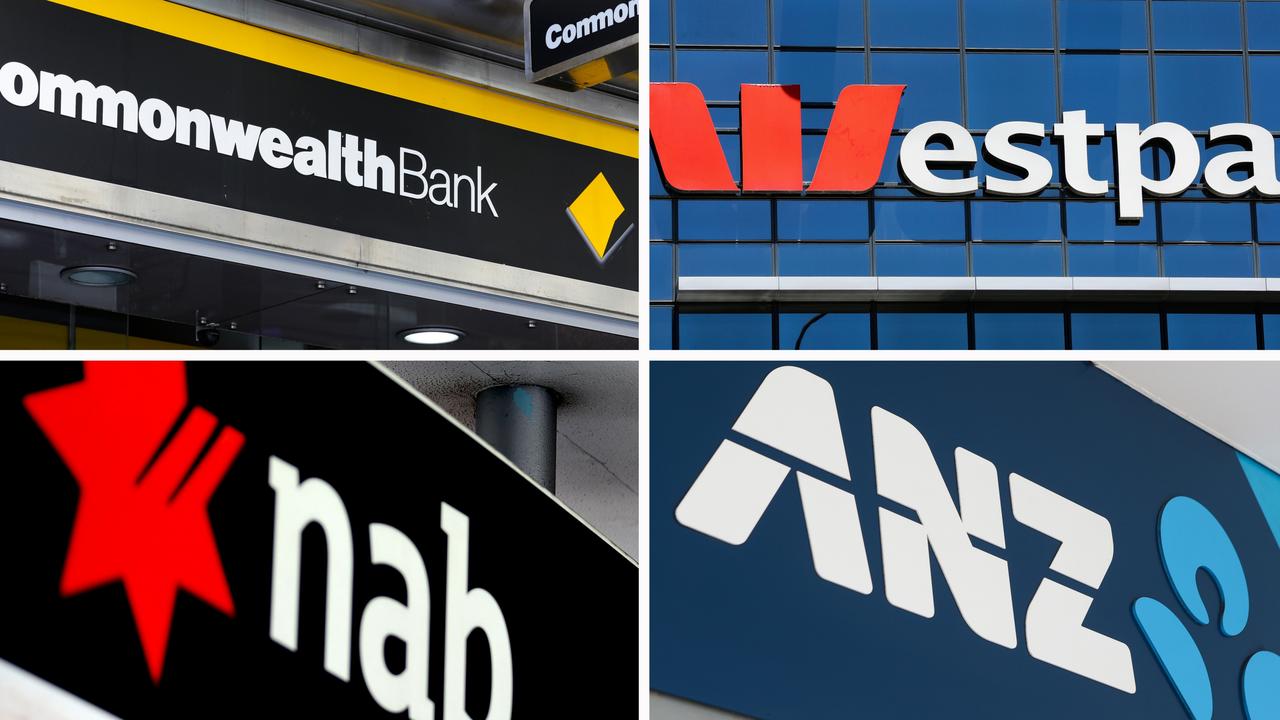
All three banks have also announced an increase of 0.25 per cent for a number of saving accounts, from the same date.
The Commonwealth Bank is yet to make an announcement.
The RBA on Tuesday shocked the markets with its announcement on Tuesday that it would raise the official cash rate by 25 basis points to 3.85 per cent – the highest level in 11 years.
It followed a pause in April on its aggressive strategy of 10 consecutive rate rises to counter inflation well above its target of 2-3 per cent.
All three bank have also said anyone struggling with repayments should contact them.
“We have a number of tools available to help our customers understand these changes and manage their home loans, but if you are facing difficulty, contact our experienced teams as early as you can to discuss additional personalised support,” ANZ Group Executive Australia Retail, Maile Carnegie said.
Westpac chief executive of consumer and business banking Chris de Bruin said help was available.
“We know customers are looking carefully at their budgets as interest rates rise. While many are adjusting to making higher repayments, we understand others may need extra help,” he said.
“To assist we’re reaching out to some customers we believe may need additional support, we also encourage any customer doing it tough to give us a call,” said Mr de Bruin.
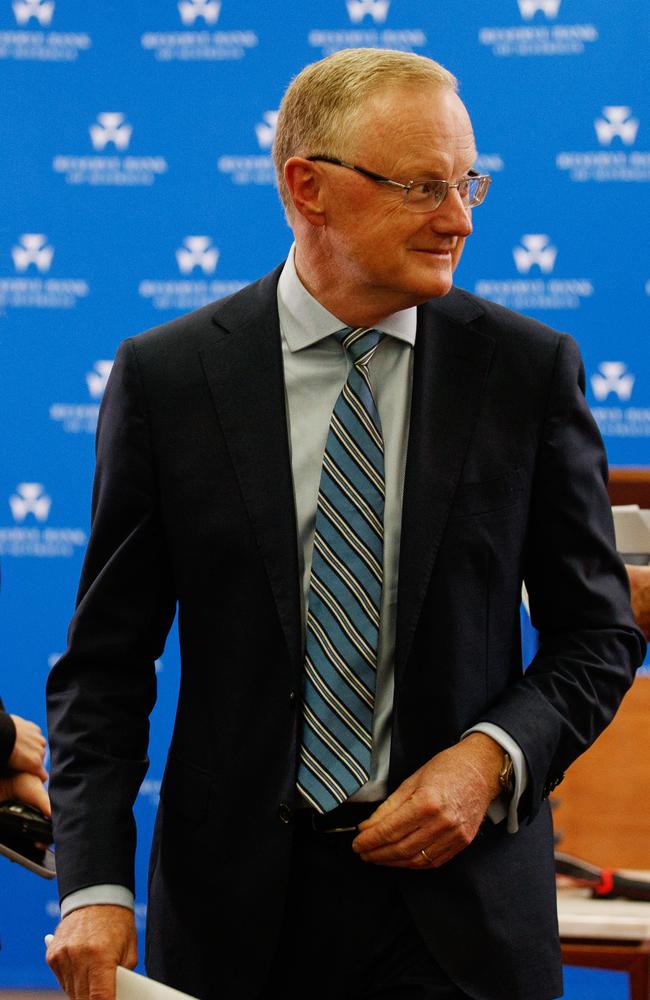
Reserve Bank governor Philip Lowe said on Tuesday the hike was necessary in order to return inflation to the goal range of 2 to 3 per cent, which he listed as the RBA’s “priority.
While inflation slightly slowed in the March quarter, Australia’s Consumer Price Index remained at an “uncomfortably high” position of 7 per cent.
“Inflation in Australia has passed its peak but at 7 per cent is still too high and it will be some time yet before it is back in the target range,” Dr Lowe said in his monthly statement.
“Given the importance of returning inflation to target within a reasonable time frame, the board judged that a further increase in interest rates was warranted today.”
Other factors that led to Tuesday’s interest rate rise included high service inflation and Australia’s tight labour market, with increasing labour costs despite productivity growth.
Dr Lowe also warned “further tightening” might be necessary, indicating future pain for households already struggling with rising cost-of-living pressures.
The announcement did not go down well with some politicians.
Victorian Premier Dan Andrews said the RBA had failed to combat rising inflation, and was instead “smashing families” across in the state.
“I don’t know that pulling this lever is necessarily delivering the outcome that the bank wants … to get inflation under control,” he said.
“I’m certain (the RBA) are creating lots of other problems. Many, many families are under enormous pressure at the moment.”
Originally published as The ANZ and Westpac have joined NAB in increasing interest rates




